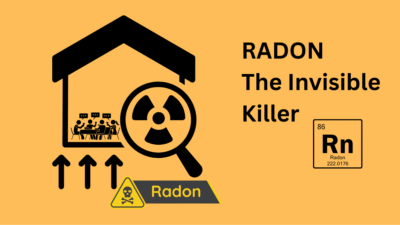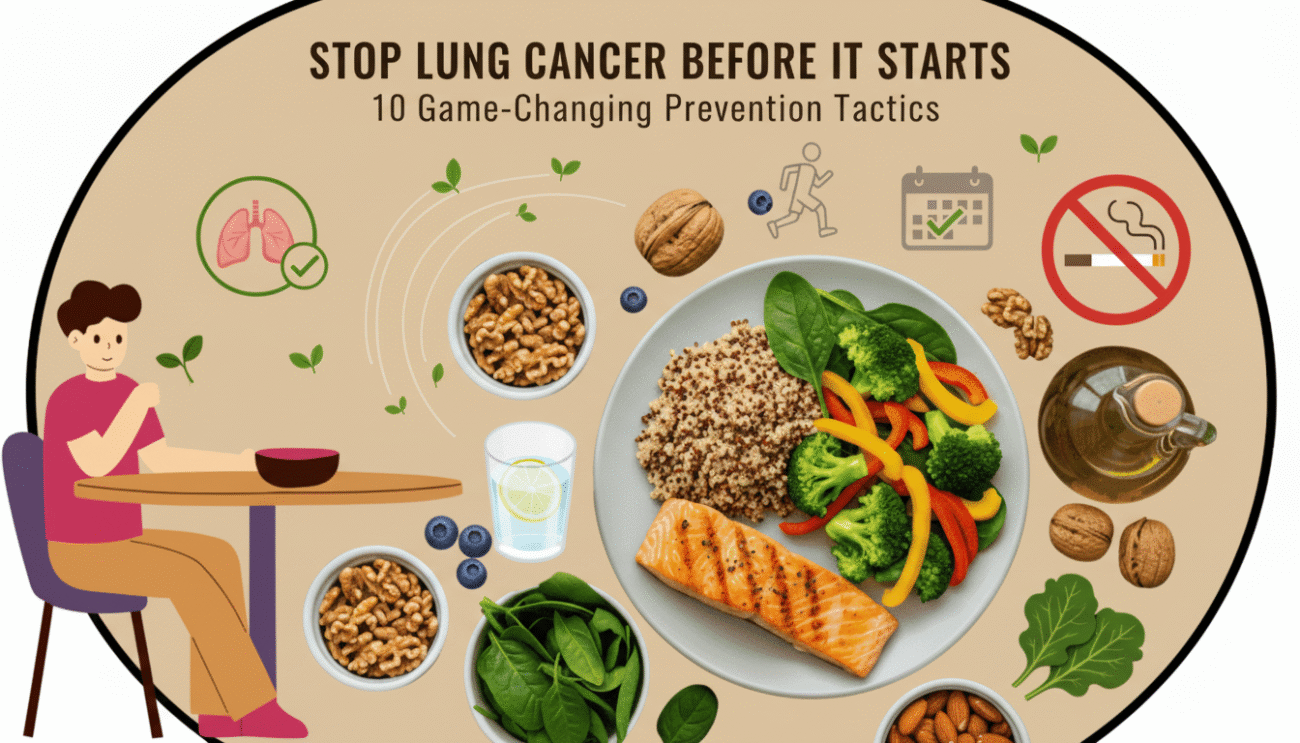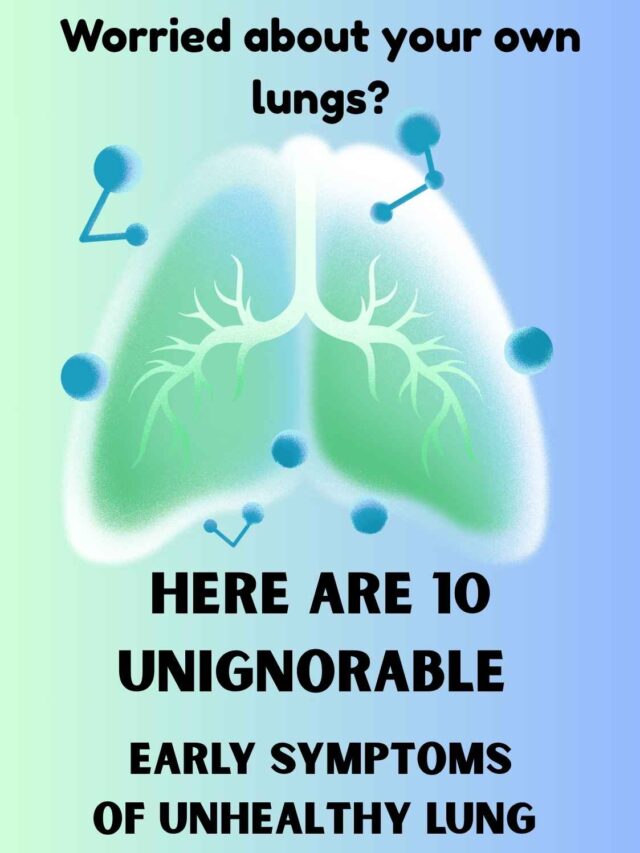Lung cancer is the largest cause of cancer deaths in the US, but sensible lifestyle choices, safer homes and workplaces, and prompt screening can reduce the risk. Below are 10 risk-reduction strategies and short survivor testimonials to inspire change. For personalized advice, see a healthcare expert.
Lung cancer: Avoid smoking and quit if you do
Smoking causes most US lung cancer fatalities. The best strategy is to never start or quit quickly.
After 10 years of quitting smoking, lung cancer risk significantly decreases, but not to never-smoker levels.
How to act: Use a variety of support methods, including 1-800-QUIT-NOW, nicotine replacement therapy, prescription medications, counseling, and text/app coaching. Plan a stop date, identify triggers, and find support.
Eliminate smoking in all areas:
- Even non-smokers are at danger for lung cancer from secondhand smoking.
- To safeguard family health, make the home and automobile smoke-free, prevent indoor smoking areas, and provide options for loved ones to quit smoking.
Radon (the invisible killer) testing at home:
Radon is the second biggest cause of lung cancer and the primary cause in non-smokers. Basements and lower floors absorb it from dirt.

Purchase an affordable radon test kit (hardware store or online) or book a certified test. Install mitigation (sub-slab depressurization) if levels above action threshold. Retest after substantial renovations and moving.
Reduce workplace and environmental risks
Asbestos, diesel exhaust, chromium, nickel, and silica dust raise cancer risk. So does urban air pollution.
Act: Wear PPE, follow OSHA/EPA requirements, manage ventilation, and report hazards. HEPA cabin filters and off-peak travel are good for commuters.
Know who needs screening
Annual low-dose CT (LDCT) screening early detects malignancies for better treatment, saving lives.
Typical eligibility: Adults 50-80 with 20+ pack-year history who have smoked or quit within 15 years. Discuss risks and benefits with a doctor and schedule screening at a recognized center if eligible.
Protect your plate with fruits, veggies, whole grains, legumes, and healthy fats.
Although no single item can prevent cancer, a plant-based diet with minimal ultra-processing benefits lung and overall health.
How to act: Half the plate should be colorful produce, whole grains, lentils, olive oil, and fish or poultry over processed meats. Limit additional sweets and sodium.
Reduce sitting and move more to get restful sleep.
Regular exercise and good sleep influence inflammation, immunological function, weight, and cardiometabolic health, which affect cancer risk and treatment resilience.
Action: Walk everyday, get 7–9 hours of sleep, and address sleep apnea. Aim for 150–300 minutes of moderate activity and 2 strength sessions per week.
Drink less and avoid vaping/illicit drugs.
Heavy alcohol use raises cancer risk. Vaping may be unsafe due to toxicants.
Act: Drink lightly or abstain. Use evidence-based cessation instead of switching to vaping to quit smoking.
Manage chronic lung diseases and vaccines
COPD, chronic bronchitis, and recurrent infections increase risk, screening, and treatment delays.
How to act: Keep up with flu, COVID-19, and pneumonia immunizations as needed. Manage asthma/COPD plans. Continued respiratory issues require medical attention.
Detect danger indicators early and advocate for yourself.
A persistent or changing cough, shortness of breath, chest pain, bloody cough, hoarseness, recurring respiratory infections, unexplained weight loss, and exhaustion are common symptoms.
Contact a clinician if symptoms linger longer than two weeks, especially with risk factors. Log symptoms. If problems aren’t addressed, get another viewpoint.
Mini survivor testimonials (names modified for privacy)
- Jackie, 58, home baker and non-smoker
Our house inspector asked if we’d tested for radon. We didn’t. Our basements were high. We resolved it, and I urged people to test. I had surgery to remove a tiny tumor identified by a scan. I am cancer-free and now gift radon kits at housewarmings. - Carlos, 62, retired mechanic and ex-smoker.
After having my first grandson, I quit smoking after 30 years. My doctor suggested a low-dose CT due to my smoking history. The nodule was found early. My life was saved via surgery and tailored therapy. My hardest decision was quitting—and the most important.” - Tanya, 44, works as an office manager and never smokes.
“I had a persistent cough and chest tightness, but I wasn’t a smoker. I demanded further tests. Radon levels were high in our rental. We detected it early, so treatment went well. Continue asking questions if symptoms persist.” - Mike, 55, construction supervisor
Our PPE culture improved with better masks, fit-testing, and dust controls. Protection of each other’s lungs goes beyond compliance. My dad qualified for screening and detected his cancer early.” US-focused personal prevention checklist
This week
- Get a radon test kit or professional testing.
- Make your home and car smoke-free.
- Consult a primary care provider about screening eligibility and respiratory symptoms.
Next 90 days
- Complete your initial LDCT screening if eligible.
- Detect high radon levels and mitigate.
- Start with 20–30 minutes of brisk walking most days, strength twice a week, and 7–9 hours of sleep.
- Opt for more veggies and nutritious grains, and less ultra-processed foods and sugary drinks.
Long term
- Maintain screenings according your clinician’s advice.
- Maintain workplace PPE and exposure restrictions.
- Keep track of symptoms and exposure if at high risk.
- Encourage family members to get radon tests and check eligibility.
Families and communities can help by :
- Share radon test kits for relocation, renovations, and basement finishes.
- Standardize smoke-free homes, cars, and events.
- Ask local schools and workplaces about indoor air quality and ventilation.
- Celebrate successes and relapses as learning opportunities as you help loved ones quit.
When to take urgent care ?
Coughing up blood, sudden acute shortness of breath, new chest pain, or neurological changes (headaches, weakness, confusion) require emergency medical intervention.
At the end, Early detection and advancements in surgery, radiation, targeted therapy, and immunotherapy improve outcomes. Prevention is still most effective. Through smoke-free living, radon testing, better workplaces, healthy habits, and evidence-based screening, Americans may significantly lower lung cancer risk starting now.







